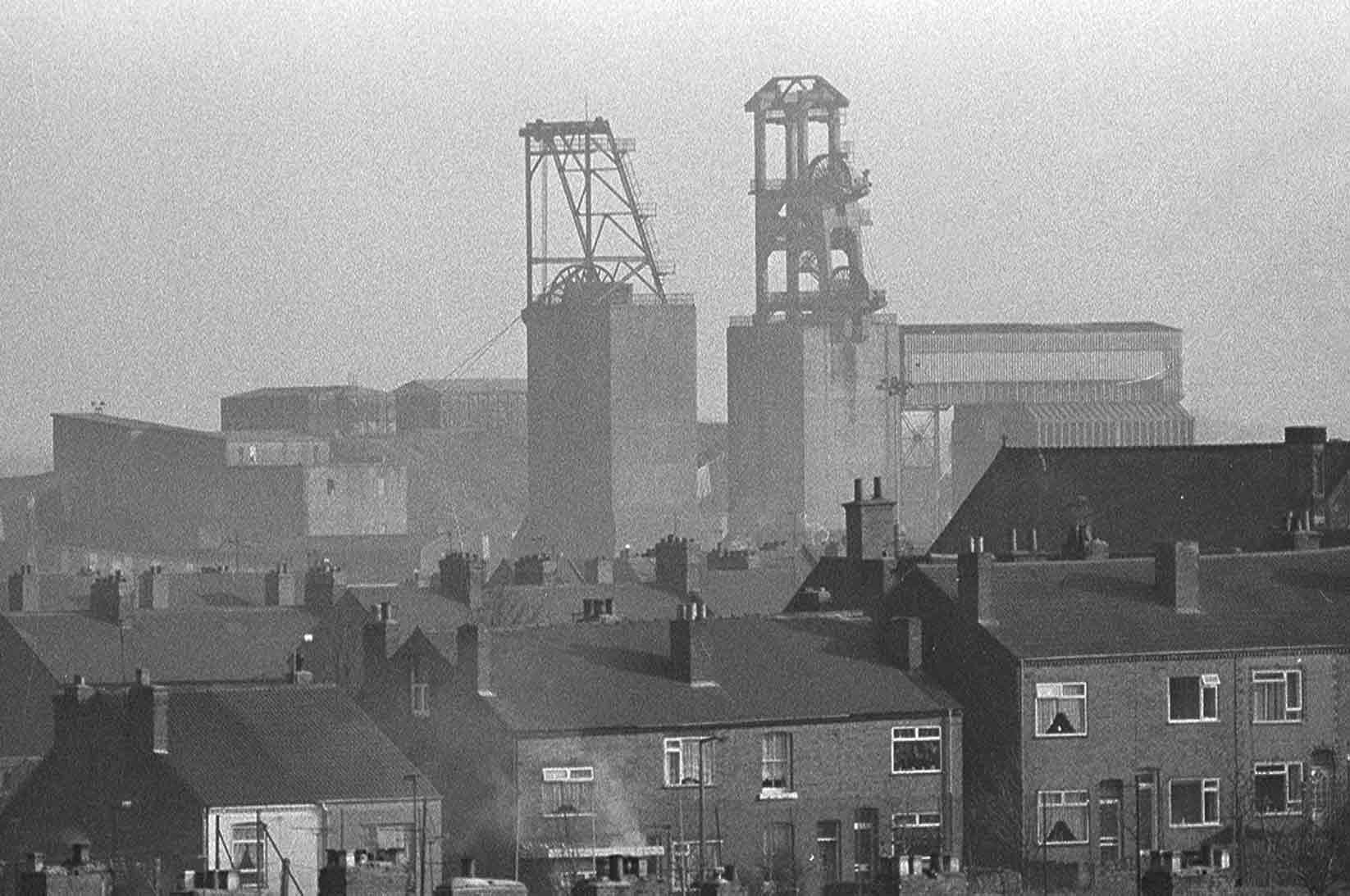Coal mining has been one of Britain’s most important industries, peaking in 1913 with production of 280 million tonnes of coal from an industry employing over 1 million miners at a time when coal provided nearly 100% of primary energy consumption.
However, throughout the years since 1913, coal production and employment declined, eventually leading to the closure of the last deep coal mine at Kellingley in December 2015.
The graph of coal production and imports visualises the decline in British coal through most of the 20th century. Big dips in production are evident in 1921 (coal miners’ strike), 1926 (General Strike) and 1984 (coal miners’ Strike). The general trend is one of decline in British coal production, with the exception of the period 1946 to 1952 when coal production saw successive annual increases. Imports become a factor from 1970.
Energy shortages evident during World War II continued after 1945 resulting in the new Labour government announcing its intention to nationalise the entire British coal mining industry. The Coal Industry Nationalisation Act was passed in 1946 and, on 12 July 1946, the National Coal Board (NCB) was established and given sole responsibility for managing and running the industry.
For the miners, this was the culmination of years of struggle for public ownership of their industry. Nationalisation improved wages and working conditions and investment in modern machinery led to the increases in productivity. Miners became relatively well paid workers, but they still had no power in an industry run by the National Coal Board (NCB) and local managers. The primary objective of the NCB to make profits would continue to create conflict through to the 1970s and 1980s.
Post-war Government policy has been discussed and sometimes criticised for lack of strategic investment in industry. In 1950, Britain’s investment in industry and infrastructure came to only 9 per cent of GNP, compared with 19 per cent in Germany. Such discussion is often linked to how these two countries chose to use the Marshall Aid finance package provided by the United States.
Between 1950 and 1970 around 100 North East coal mines were closed. On 2 March 1968 the last pit in the Black Country, Baggeridge, closed and pit closures were a regular occurrence in many other areas. By 1966, productivity had dropped to below the 1945 level.
A key reason for the decline in coal production was the rapidly diversifying energy mix in the 1950s and 1960s. The first nuclear power plant at Calder Hall was connected to the UK electricity grid in 1956 and the early 1960s saw a phase of nuclear power plant construction. The 1960s also saw rapid growth in oil consumption, much of it from the Middle East. British railways were also replacing steam locomotives with diesel resulting in a drop in demand for coal in the transport sector.
In 1979, 130 million tonnes of coal were being produced annually from 170 underground mines, but by 2010 the three remaining mines produced only 17 million tonnes.
In terms of employment, jobs in the mining industry peaked in 1920 with 1,200,000 but by 1960 the workforce had been halved to 600,000, albeit due in part to mechanisation.
Source: Charts have been produced using data from “Historical Coal Data“.
